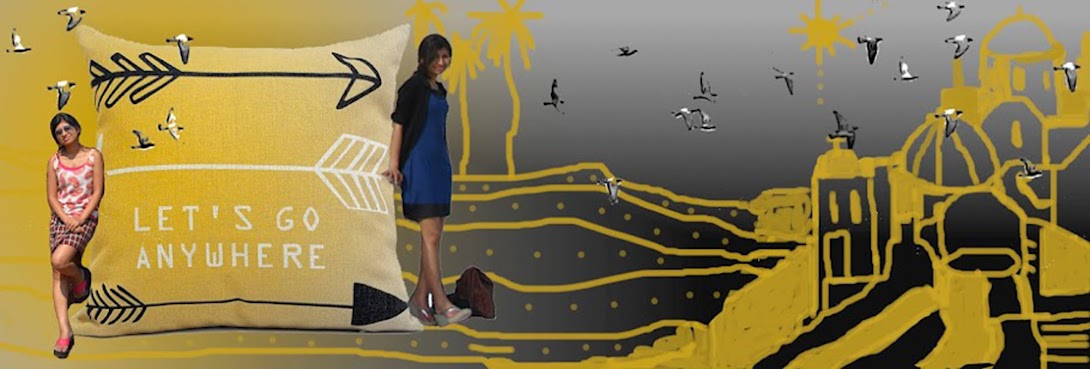 |
| Arambol beach |
 |
| Petroglyphs of Usgalimal on the Banks of River Kushavati |
 |
In 1986, 7 Goan Churches and Convents were included in the UNESCO World Heritage Sites since they "are outstanding examples of an architectural ensemble which illustrates the work of missionaries in Asia" - Source: UNESCO website (clockwise on the Map) 1. Chapel of St. Catherine of Alexandria 2. Church of Cajetan 3. SE Cathedral 4. Church and Convent St. Francis of Assisi 5. Basilica of Bom Jesus 6. St Augustine Tower (remains of St. Augustine Church) 7. Church of Our Lady of the Rosary |
8300 BCE, Upper
Palaeolithic to Mesolithic age
1200 BCE, Iron Age:
Between 322 and 185 BCE Mauryans ruled over this part of India. Mauryans were great patrons of Hinduism, Jainism, Buddhism, and the Ajivikas. Archeological excavations have brought into prominence many Buddhist caves, and Jain and Hindu temples all across Goa.
Between, 50 BCE, mid-1st century BCE and 250 CE Early 3rd
century CE (approx.), the Satavahanas ruled over Goa. The Satavahanas developed maritime trade with Coastal European countries. European-turned-Buddhists moved to India. Greco-Buddhist art and architecture thrived during this period.
Around the 4th century AD, the Bhojas took hold of Goa. They were patrons of Buddhism and Greco-Buddhist art and architecture.
Medieval period:
From the 10th to 14th century CE Kadambas ruled over Goa. They introduced the Kannada language to Goa
Between 1347 and 1518 Bahamani Sultanate took over Goa. They brought Muslim influence to Goa.
Between 1336 and 1646 Vijaynagar Empire brought back southern influence.
Between 1489 and 1510 Adil Shah of Bijapur Sultanate made a second capital at Velha Goa (Old Goa)
In 1510, Vasco Da Gama landed in Calicut, eventually arrived at Goa, and established 450-year rule of the Portuguese in Goa. The Portuguese introduced Christianity To Goa. They built many Churches and Convents with Roman and catholic influence.
In 1961 Indian Army annexed Goa into Indian territory and created the Union territory of, Goa, Daman, Diu
In 1987 Goa gained recognition as an Independent state post the Konkan agitation.
 |
| Heritage Sites of National Importance in Velha Goa (Old Goa) |
 |
| There are 51 heritage sites that are protected by the Archaeological Survey of India marked in blue, yellow, and cyan |
 |
| St Augustine Tower |
 |
| The Aguada fort |
 |
| The Lamgau Caves |
 |
| The Surla Mosque |
 |
| The Mangueshi Temple |
 |
| The Shantadurga Temple |
 |
| The Beach Cottage we stayed at for Rs. 400 a day |

